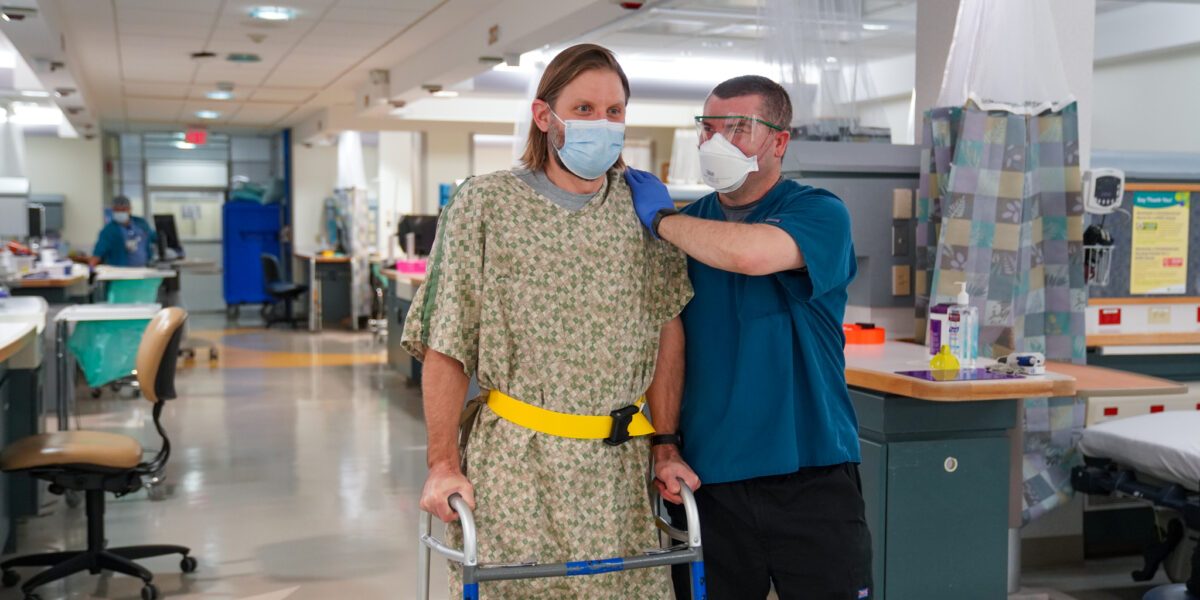Login
Pulmonary Function Lab
Arterial Blood Gas Analysis
Help in diagnosing respiratory and cardiac problems.
How Does It Work?
An Arterial Blood Gas Analysis can explain why you are experiencing respiratory and cardiac issues.
The amount of oxygen and carbon dioxide in your blood can provide your doctor with clues about why you are experiencing a variety of respiratory and cardiac problems. To measure these levels, our lab performs a test called an arterial blood gas analysis. While the results of this analysis alone are usually not sufficient to identify an illness or health condition, your doctor may evaluate them with other test results to make a diagnosis.
If your doctor orders this analysis, a respiratory therapist will use a needle and syringe to take a small sample of your blood from an artery in your wrist or elbow. The blood sample may be taken under a variety of conditions, particularly if you already rely on supplemental oxygen to help you breathe.
Your doctor may request that the sample be taken while you are:
High-altitude simulation test
Arterial blood gas analysis is also used as part of the high-altitude simulation test.
This test is given to people who have cardiopulmonary diseases when they are planning to travel by plane or spend time in a high-altitude destination.
When used in combination with readings on a pulse oximeter, this analysis will help your doctor determine if you need supplemental oxygen during the flight or once you reach a destination greater than 8,000 feet above sea level.

Airplanes and high-altitude destinations have a lower concentration of oxygen in the air than locations at sea level. This difference can cause severe and sometimes life-threatening respiratory distress in some people with cardiopulmonary disease.
The test will measure how much oxygen is in your blood when you are at rest and when you breathe a mixture of gases with the same amount of oxygen you would breathe on an airplane. If you are going to a high-altitude area, measurements also are taken while you breathe in the mixture and walk on a treadmill or pedal a stationary bike.
Please schedule this test several weeks before you travel. Time is needed to make arrangements either with the airline, so that you can use supplemental oxygen aboard the plane, or to obtain a supplemental oxygen supply at your destination.
The air flight test takes 30 minutes. The high-altitude destination test takes 60 minutes.
Pulmonary Function Laboratory
Christiana Hospital, Room 1571
4755 Ogletown-Stanton Road
Newark, DE 19718 - directions
302-733-1559
7:30 a.m.–4 p.m., Monday through Friday
Wilmington Hospital, Room 1156
501 W. 14th St.
Wilmington, DE 19801 - directions
302-428-2259
7:30 a.m.–11:30 a.m., Monday through Friday

